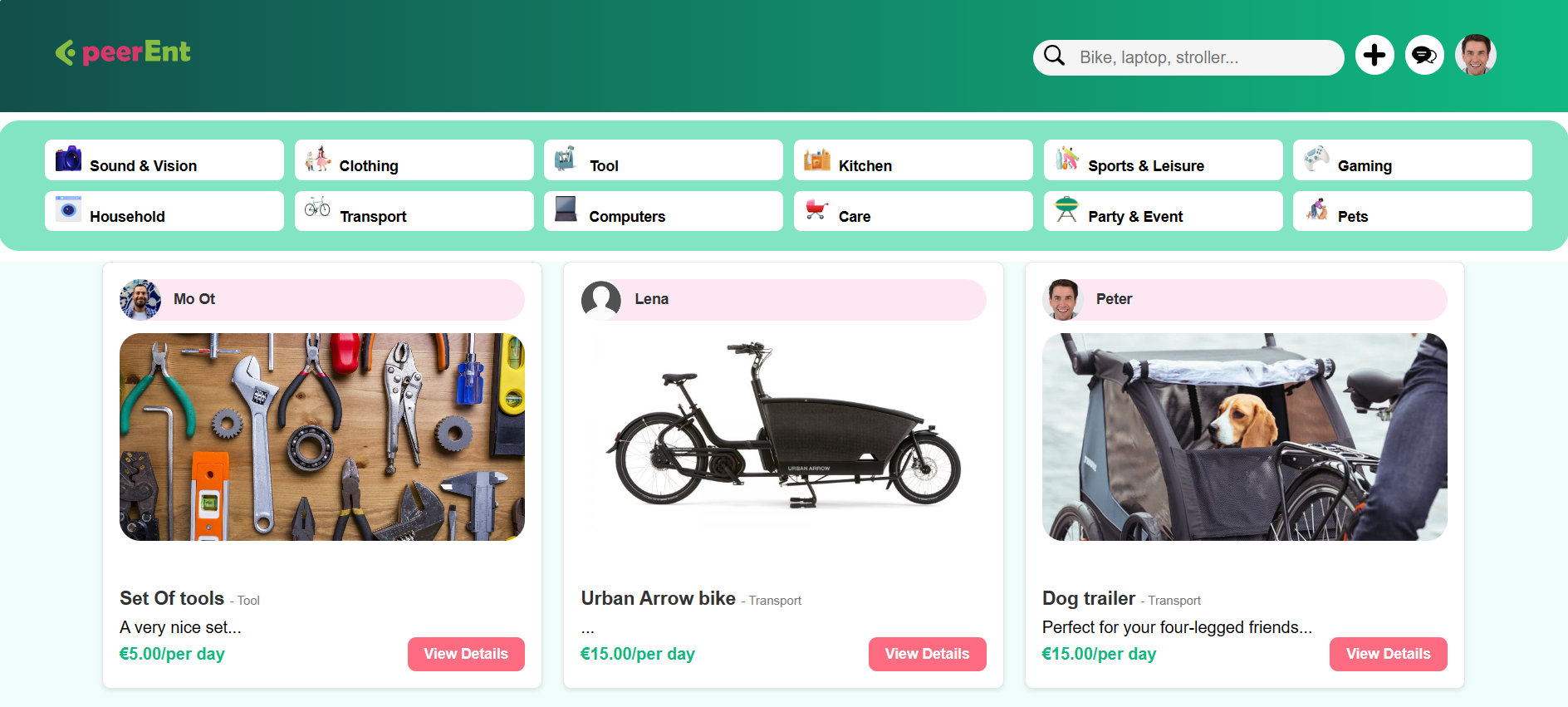Ecosyste.ms: Awesome
An open API service indexing awesome lists of open source software.
https://github.com/29kumait/hyf-b-45
CLONE: final project for the HackYourFuture.
https://github.com/29kumait/hyf-b-45
agile final-project hackyourfuture hyf mern
Last synced: about 2 months ago
JSON representation
CLONE: final project for the HackYourFuture.
- Host: GitHub
- URL: https://github.com/29kumait/hyf-b-45
- Owner: 29Kumait
- Created: 2024-03-25T22:37:33.000Z (10 months ago)
- Default Branch: develop
- Last Pushed: 2024-11-11T19:59:05.000Z (2 months ago)
- Last Synced: 2024-11-11T20:32:02.850Z (2 months ago)
- Topics: agile, final-project, hackyourfuture, hyf, mern
- Language: JavaScript
- Homepage: https://c45-group-b-1af54f32aa25.herokuapp.com/
- Size: 10.6 MB
- Stars: 0
- Watchers: 1
- Forks: 0
- Open Issues: 1
-
Metadata Files:
- Readme: README.md
Awesome Lists containing this project
README
# Class 45 final project

This is the final project for the HackYourFuture curriculum we did as a class using the MERN stack by following the agile methodology with our team and a group of mentors. A quick guide to what we built:
- Implemented item search functionality by title or category
- Developed user registration system for listing, renting and managing items
- Integrated secure payment and messaging for item rentals
- Implemented notification system for user engagement
[Click here for the Demo version](https://c45-group-b-1af54f32aa25.herokuapp.com/)
## 1. Setup
First, to setup all the directories run the following in the main directory:
`npm install`
`npm run setup`
The first command will install `cypress` and some small libraries needed for running the rest of the commands. The second will go into the `client` and `server` directories and set those up to be ran.
In the `client` and `server` directory there are two `.env.example` files. Create a copy and rename that to `.env`. Then follow the instructions in those files to fill in the right values.
To run the app in dev mode you can run the following command in the main directory:
`npm run dev`
## 2. Code structure
```
client
├── public
└── src
| └── __tests__
| └── __testUtils__
| └── components
| └── hooks
| └── pages
| └── __tests__
| └── components
| └── util
| index.jsx
cypress
| └── fixtures
| └── integration
| └── plugins
| └── support
server
└── src
└── __tests__
└── __testUtils__
└── controllers
└── db
└── models
└── routes
└── util
index.js
```
### 2.1 Client structure
- `public` || public facing client code
- `__tests__` || any `jest` tests for specific components will be in a `__tests__` folder on the same level
- `__testUtils__` || any code that is only being used in the tests is put in the `__testUtils__` folder to separate that away from the rest of the code
- `components` || all of our shared components that are used over multiple pages
- `hooks` || all of our custom hooks
- `pages` || the page components of our app, any routing will go between these components
- `pages/components` || components used specifically on those pages
- `util` || any utility functions that can be used anywhere on the client side
- `index.jsx` || the start point of the client
### 2.2 Cypress structure
- `fixtures` || any data/files that `cypress` needs can be placed here
- `integration` || all of our tests are in here, separated in folders based on the pages in our app
- `plugins` || any plugins for our `cypress` configuration can be placed here
- `support` || custom commands and other support files for `cypress` can be placed here
### 2.3 Server structure
- `__tests__` || any `jest` tests for the api endpoints as that is our testing strategy for the backend
- `__testUtils__` || any code that is only being used in the tests is put in the `__testUtils__` folder to separate that away from the rest of the code
- `controllers` || all of our controller functions that interact with the database
- `db` || all of our configuration for the database
- `models` || all of our `mongoose` models will be placed here
- `routes` || code to match up the API with our controllers
- `util` || any utility functions that can be used anywhere on the server side
- `index.js` || the start point of the server
## 3. Stack / external libraries
The base stack of the app is a MERN stack (Mongoose, Express, React, Node). Next to that we make use of the following extras:
### 3.1 Configuration libraries
- `dotenv` || To load the .env variables into the process environment. See [docs](https://www.npmjs.com/package/dotenv)
- `webpack` / `html-webpack-plugin` || To bundle our React app and create a static app to host. See [docs](https://webpack.js.org/)
- `husky` || To run our tests and linter before committing. See [docs](https://typicode.github.io/husky/#/)
- `eslint` || To check our code. We have different configurations for frontend and backend. You can check out the configuration in the `.eslintrc.(c)js` files in the respective `client` and `server` folders. See [docs](https://eslint.org/)
- `prettier` || To automatically format our code. See [docs](https://prettier.io/)
- `concurrently` || To run commands in parallel. See [docs](https://github.com/open-cli-tools/concurrently#readme)
For more information on how these work together including the automatic deployment to heroku, have a look at our detailed [DEV](./DEV.md) file.
### 3.2 Client-side libraries
- `@testing-library/*` || We use React Testing Library to write all of our tests. See [docs](https://testing-library.com/docs/react-testing-library/intro/)
- `jest` || To run our tests and coverage. See [docs](https://jestjs.io/)
- `jest-fetch-mock` || To mock out the backend for our testing purposes. See [docs](https://github.com/jefflau/jest-fetch-mock#readme)
- `prop-types` || To type-check our components. See [docs](https://github.com/facebook/prop-types)
### 3.3 Server-side libraries
- `nodemon` || To automatically restart the server when in development mode. See [docs](https://nodemon.io/)
- `jest` || To run our tests and coverage. See [docs](https://jestjs.io/)
- `supertest` || To more easily test our endpoints. See [docs](https://github.com/visionmedia/supertest#readme)
- `mongodb-memory-server` || To mock out our database in our backend tests. See [docs](https://github.com/nodkz/mongodb-memory-server)
- `cors` || To open up our API. See [docs](https://github.com/expressjs/cors#readme)
- `mongoose` || To add schemas to our database. See [docs](https://mongoosejs.com/)